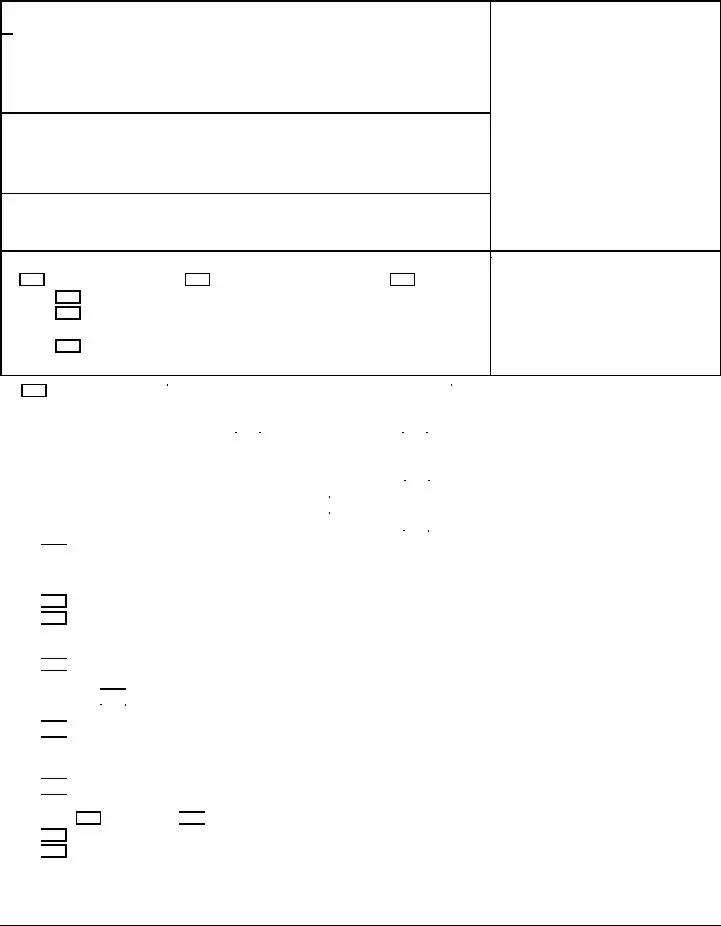Misconception 1: The FL-180 form is only for divorce proceedings.
This form is used for various legal actions, not limited to divorce. It can also be applicable in cases of legal separation and nullity.
Misconception 2: All judgments made using the FL-180 are final and cannot be changed.
While this form documents certain judgments, parents can reserve jurisdiction over particular issues, allowing modifications in the future.
Misconception 3: Filing the FL-180 guarantees immediate resolution of all issues.
The form supports various aspects of family law, but some issues may still require further hearings or additional filings to resolve completely.
Misconception 4: The FL-180 can be filled out by anyone without legal guidance.
Although individuals can fill out the form, seeking legal assistance can ensure all sections are completed accurately and effectively based on specific circumstances.
Misconception 5: You don't need to file any additional forms after submitting the FL-180.
In most cases, additional forms, like the Child Support Case Registry Form (FL-191), must also be filed to comply with requirements.
Misconception 6: The FL-180 can be used to modify existing family law orders.
It serves primarily to document judgements rather than to alter existing orders. Modifications usually require separate procedures.
Misconception 7: The FL-180 form is not relevant if all parties agree on terms.
Even when parties reach an agreement, using the FL-180 form ensures the court officially recognizes the terms and provides legal enforcement.
Misconception 8: Child support issues are automatically covered by the FL-180.
While this form can address child support, it often requires additional documentation and forms to detail the specific arrangements and obligations.




 b.
b. 







 h.
h. 





 respondent's former name is restored to
respondent's former name is restored to 






 Other
Other